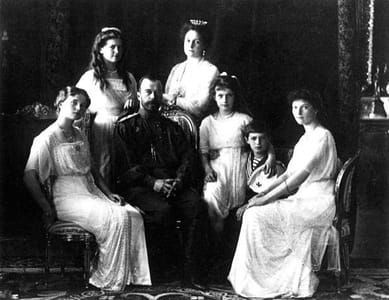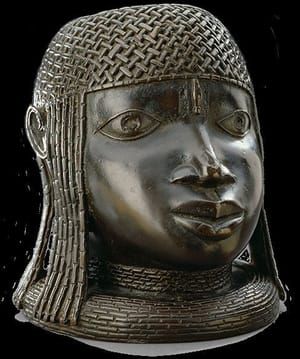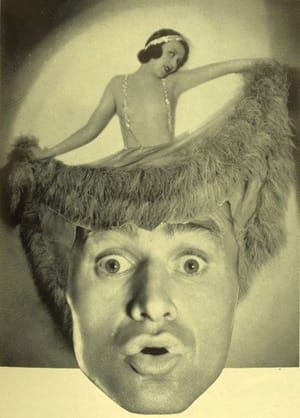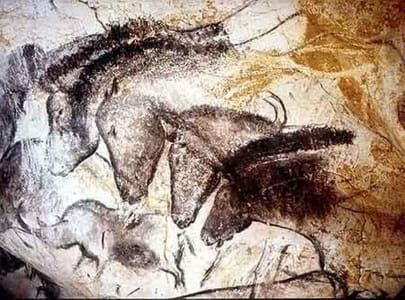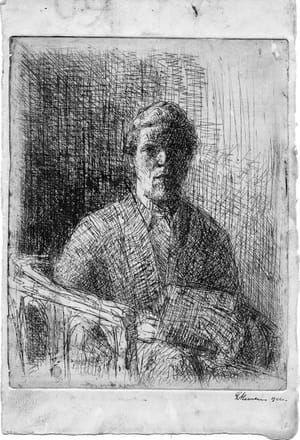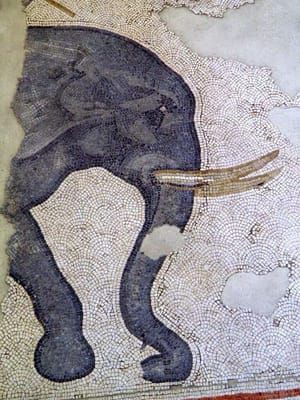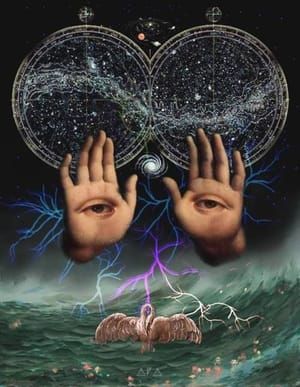
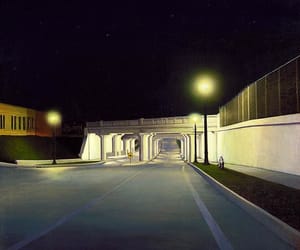
(Underpass--New York)
Unknown
Exhibition Label
The street and sidewalks are empty; not a person, car, or even a stray dog is to be seen. What is the viewer supposed to see in this unpopulated street illuminated by glowing street lamps? Do the yellow street sign and the modest fireplug have some unexpected significance? The real subject of the painting turns out to be a newly built underpass designed to safely route cars under the train tracks in Binghamton, New York. During the 1930s several underpasses around Binghamton were upgraded by federal and New York State agencies working to improve city infrastructure while providing employment to those thrown out of work by the Great Depression. The stark lighting of street lamps at night shows off the clean lines of the freshly cast concrete as if the underpass were a modernist sculpture or an elegant new office building. The Smithsonian owns two other paintings documenting railroad underpasses built elsewhere in the country during the same era. All three were painted by Smithsonian American Art Museum artists working over photographs printed on canvas. Through documentary projects of this kind civil works became allied to artworks, providing employment for builders and artists alike.
1934: A New Deal for Artists exhibition label
Luce Center Label
This painting was created for the Federal Art Project, a branch of the Works Progress Administration developed to give financial and moral support to artists during the Depression. There is no information about who the painter was, but in 1981 a visitor to the Museum recognized the underpass as one near his home in Binghamton, New York. The artist printed a photograph of the scene onto the canvas, then painted over it in careful detail.
(https://americanart.si.edu/artwork/underpass--new-york-25320)
Uploaded on Sep 25, 2017 by Suzan Hamer
Unknown
artistArthur
Wait what?


